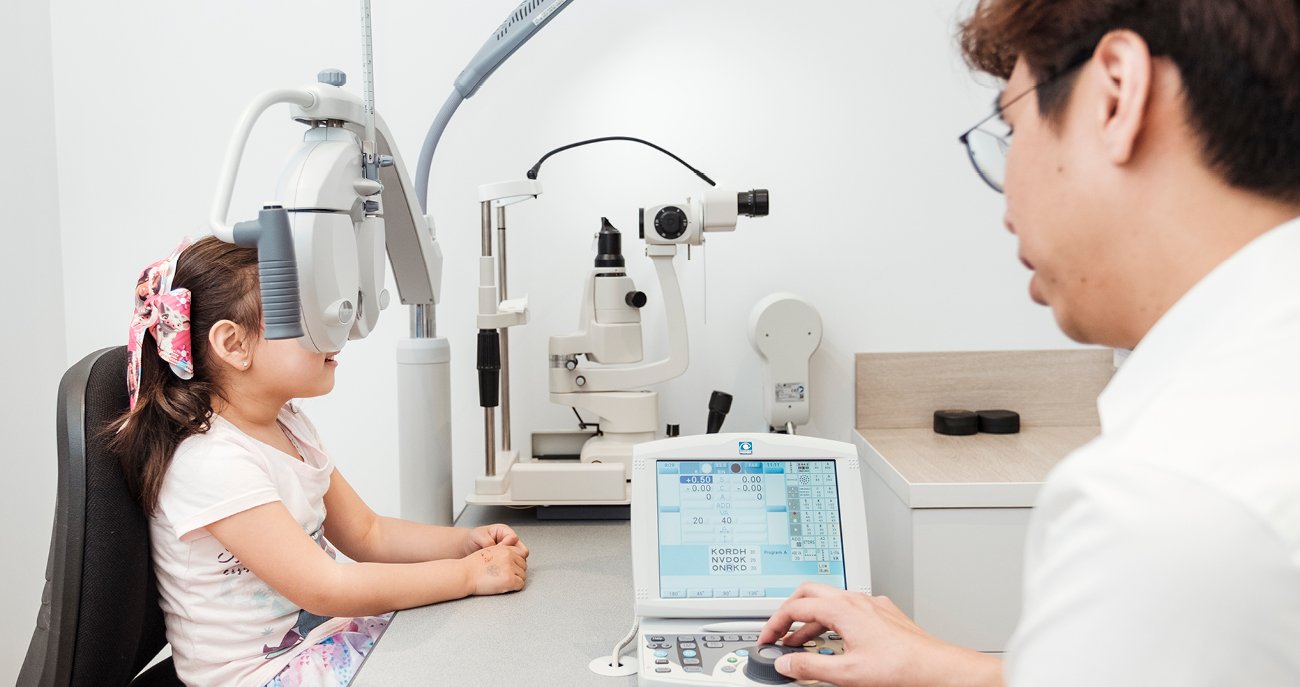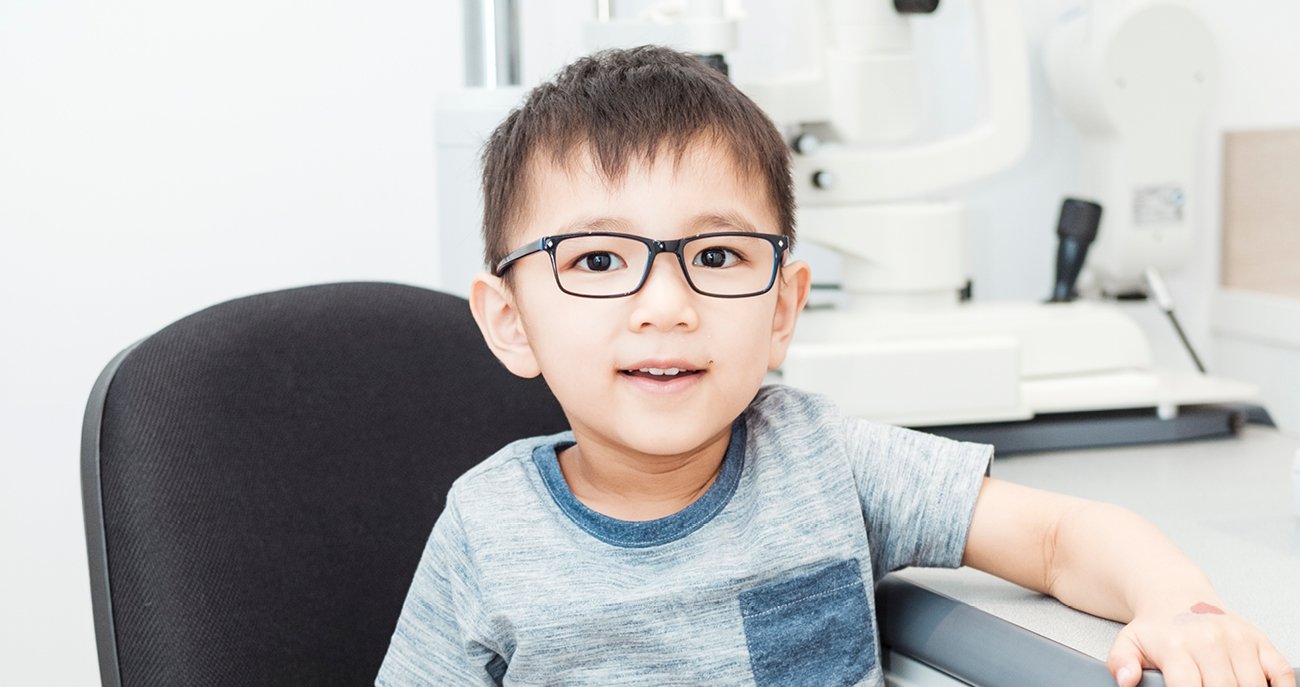Eye Injuries in Children: Symptoms, Treatment, and Prevention | Eye Concepts
An eye injury is an injury to the eye or its surrounding tissues. It can occur when something hits or scratches the eye or when something gets in the eye. Sports are a common cause of eye injuries in children. Other causes include playing with toys and household items, falls, and fights.
Being aware of common eye injuries in children is important because they can often be prevented. If you suspect that your child has injured their eye, it is critical to visit a doctor or an eye specialist as soon as possible to prevent long-term vision loss.
Read on to learn about the symptoms, treatment, and prevention of eye traumas in children.
What are the most common symptoms of eye injury in children?
When your child has gotten an eye injury, you will likely notice one or more of the following symptoms:
• Redness around or in the eye
• Watering of the eye
• Discolouration around the eye
• Swollen eye lid (upper eyelid or lower lid)
• Discomfort in the eye
• Light sensitivity
What are the most common types of eye injuries in children, and how can they be treated?
Many different types of minor eye injuries, and even major ones, can occur in young children. Some of the most common include:
• Foreign Particle
Foreign particle injuries occur when something gets into the eye and needs to be removed. The usual treatment for this trauma is to remove the foreign body from the eye as soon as possible. Visit your children's hospital if the object cannot be removed easily.
• Chemical Exposure
Chemical exposure injuries occur when your child comes into contact with a chemical substance. The usual treatment for this is to flush the eyes with plenty of water for at least 15 minutes. If there is any eye pain or irritation, your child may need topical steroids or antihistamines, so be sure to visit a doctor immediately.
• Corneal Abrasions (Scratched Eye)
A corneal abrasion is a sudden scratch on the surface of the eye. This type of injury is often caused by dirt, sand, or other particles getting into the eye. Treatment for a corneal abrasion usually involves applying a patch to the eye and using artificial tears to keep the eye lubricated.
What can I immediately do at home if an eye injury occurs?
When a child is suffering from eye trauma, there are some things that you can do at home to help. Here are the DOs and DON'Ts during first aid.
DO immediately wash your hands with soap and water. This will help prevent the spread of infection.
DO gently clean any dirt or debris from the eye with a clean, wet cloth.
DO apply a cold compress with direct pressure to the eye to reduce pain and swelling.
DON'T try to remove a foreign object from the eye yourself. Leave this to a medical professional.
DON'T rub the eye, as this can further damage it and cause eye pain.
DON'T use an antibiotic ointment or home remedies without first consulting a doctor or an optometrist.
It is important to seek medical attention immediately if they suffer from serious injury in their eyes. If you delay seeking medical care, this could result in your child's vision being affected long-term. Even if you have carried out first aid, it still recommends visiting an eye specialist or optometrist for a full assessment.
How can I protect my child from eye injuries?
Protecting your child from blunt trauma in the eye is important in ensuring their vision remains healthy into adulthood. There are some simple and easy things that you can do to help protect your child's eyes:
• Keep small children away from objects with sharp edges.
Store every sharp object in areas that your little ones won't be able to reach, such as high shelves or cupboards. This can help keep them from accidentally injuring themselves while playing.
• Allow children to play only with age-appropriate toys.
Check the age recommendations on toys before allowing your child to play with them. This is important as some toys may have small parts that can easily become detached and become a choking hazard for young children.
• Keep children away from hazardous chemicals.
Store away all hazardous chemicals, such as cleaning products and pool chemicals, in a safe place where children cannot reach them. It is also important to teach older children about the dangers of these chemicals and how to handle them properly.
• Children who play very physical contact sports may wear protective eyewear.
Investing in some protective goggles might be a good idea if your child is particularly active in contact sports. This can help reduce the risk of sustaining a black eye or any eye trauma during play.
• When under intense sun exposure, children may wear a hat or UV-protective sunglasses to prevent sun damage to their eyes.
Make it a habit to have your child wear a hat or sunglasses whenever you know they'll spend extended periods outdoors. This can help protect your child's eye from the sun's harmful ultraviolet (UV) rays.
Conclusion
Eye injuries in children require quick and professional medical attention. You should not hesitate to take your child to the children's hospital or optometrist if you suspect they have suffered eye trauma. Additionally, there are some easy measures you can take at home to help prevent eye traumas from happening in the first place.
Good vision is essential for your child's ability to learn, and undetected problems can lead to learning difficulties and even permanent vision loss later in life. You should have your child's eyes tested from the age of 3, and every 2-3 years as they go through school.



